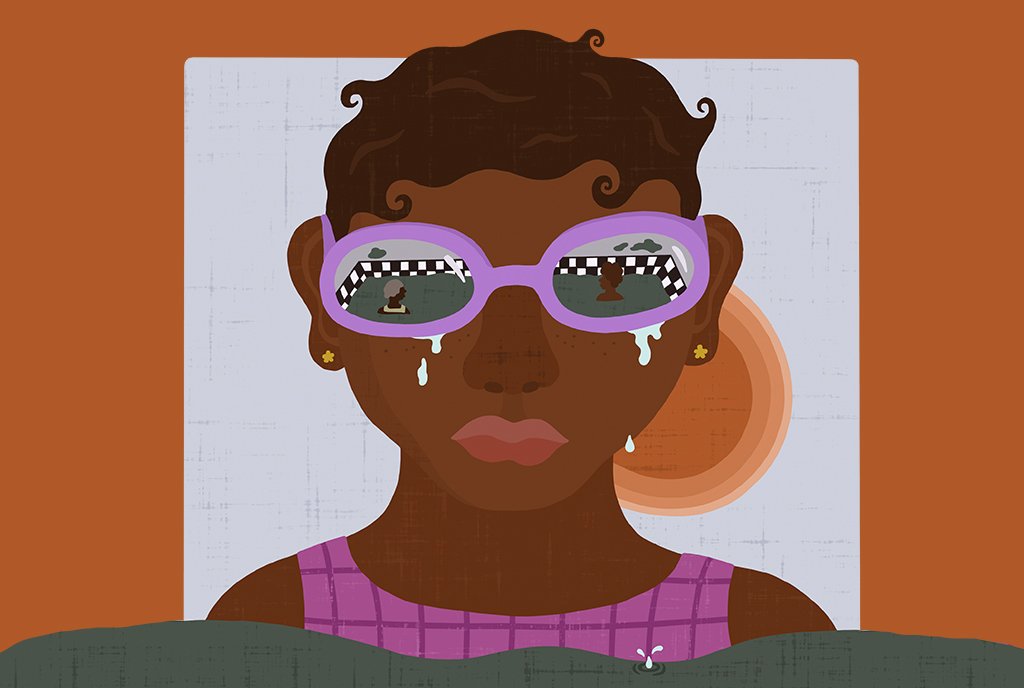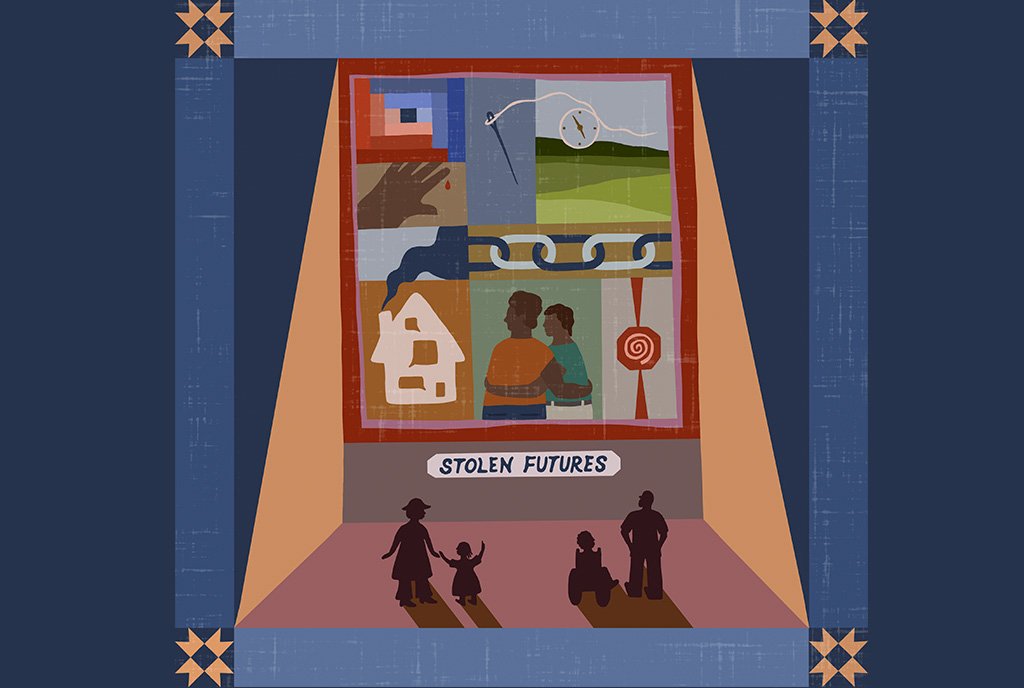
In the United States, the reproductive health landscape is radically different than it was a few years ago. By overturning Roe v. Wade, the Dobbs v. Jackson Women’s Health Organization decision created a stark divide between states, with some enacting restrictions that completely or partly ban abortion and others continuing to provide access. What outcomes—including women’s health, wellbeing, and economic prosperity—are associated with this shift? And how has this change affected women’s access to abortion and other forms of reproductive care?
Reproductive restrictions, including abortion bans, have extracted a heavy toll on the United States. States with these restrictions have increased rates of maternal and infant mortality and morbidity, greater anxiety and depression among women of childbearing age, and poorer performing economies as women are pushed out of the workforce. The poor care options available to women who live in states with restrictions put their health, welfare, safety, and prosperity at risk.
Research from the Institute for Women’s Policy Research, the Guttmacher Institute, and other reproductive rights organizations demonstrates how restrictive reproductive policies harm women and, by extension, families.
Increasing Maternal and Infant Mortality Rates
What outcomes—including women’s health, wellbeing, and economic prosperity—are associated with this shift?
The most devastating cost of restrictive abortion policies are the lives of the women and infants. States with heavy restrictions on reproduction, such as abortion bans, have seen a significant rise in maternal and infant mortality rates.
According to an issue brief from the Commonwealth Fund, “The U.S. Maternal Health Divide: The Limited Maternal Health Services and Worse Outcomes of States Proposing New Abortion Restrictions,” abortion restriction is intertwined with a host of other health concerns for birthing people and their babies. According to the report—which draws on data from the CDC WONDER birth and death files, Area Health Resources Files from the Health Resources and Services Administration, the March of Dimes maternity care deserts report, and data on abortion restrictions from the Guttmacher Institute—from 2018 to 2020 maternal mortality rates were 62 percent higher on average in states with abortion restrictions than in states preserving access to abortion services.
Even more alarmingly, during the same timeframe, the maternal death rate increased twice as fast in states with abortion restrictions. While there are multiple reasons behind the increased maternal mortality rate, the data show that access to reproductive healthcare is likely a contributing factor. Approximately 39 percent of counties within states with heavy restrictions qualify as maternal health deserts.
Infant health is also disturbingly low in states with severe restrictions on reproductive care. Between 2018 and 2020, the infant and perinatal mortality rates were 6.2 deaths per 1,000 births in states with abortion restrictions compared to 4.8 deaths per 1,000 births in states with no such restrictions.
“My patients that seek abortion care are the same patients that need prenatal care in other pregnancies.”
In a statement to CNN, Dr. Kristyn Brandi, a fellow at the American College of Obstetricians and Gynecologists, drew attention to the overlap between access to abortion care and other critical women’s health issues.
Sign up for our free newsletters
Subscribe to NPQ's newsletters to have our top stories delivered directly to your inbox.
By signing up, you agree to our privacy policy and terms of use, and to receive messages from NPQ and our partners.
“My patients that seek abortion care are the same patients that need prenatal care in other pregnancies. Similarly, there is great data that suggests that the places that limit abortion also have higher maternal morbidity rates, less access to insurance, higher teen pregnancy rates, less access to sex education.” Brandi added, “This is not how healthcare should be. People should be able to access all reproductive health care services, regardless of their zip code.”
The Social and Economic Costs of Reproductive Restrictions
Abortion restrictions have cost the US approximately $68 billion yearly.
Research has revealed that the erosion of access to healthy and safe abortions also affects women’s mental health and wellness. Researchers at Johns Hopkins School of Public Health found “a small but statistically significant increase in self-reported anxiety and depression symptoms among residents in states that banned abortion after the U.S. Supreme Court’s reversal of Roe v. Wade in June 2022 compared to respondents in states that did not enact bans.”
Results from the Household Pulse Survey, an online survey conducted by the US Census Bureau, show women between the ages of 18 and 45 increasingly reported feelings of anxiety and depression in the six months following the Dobbs decision.
According to data from the Institute for Women’s Policy Research, abortion restrictions have cost the United States approximately $68 billion yearly. Abortion bans weaken the US economy by keeping women from the workforce and by creating or exacerbating health issues. States without these restrictions, on the other hand, have saved the American economy around $45 billion.
Since abortion access is needed for women to fully participate in all aspects of society, including participation in the economy, the lack of it, according to the Institute for Women’s Policy Research, results in the “significant loss of wages and economic power for women and their families.” Based on the institute’s estimations, approximately 360,588 women would be in the labor force if it had not been for abortion restrictions; their labor would have increased the national gross domestic product by more than 1.3 percent by June 2024.
The staggering impacts of reproductive care restrictions disproportionately affect the groups who are most impacted by economic disenfranchisement and are subject to discrimination within the healthcare system. Among those most affected are women of color, low-income women, young and rural women, and LGBTQ+ individuals. For many of these women, being denied access to abortion can sink them deeper into poverty.
Though there is research that details the devastating costs of abortion restrictions—whether they are poor health outcomes or even deaths among women and infants, deteriorating mental health, or economies that do not fully benefit from women’s participation in the workforce—the quantification of the issue cannot fully account for the lives impacted by such policies.
While some policy measures help protect the right to abortion, access to abortion care is still precarious throughout the United States, worsening the nation’s already poor maternal health outcomes. Until access to abortion is reframed from a debate on the nature of existence to a conversation about women’s health, wellbeing, and economic prosperity, such issues are likely to continue.











